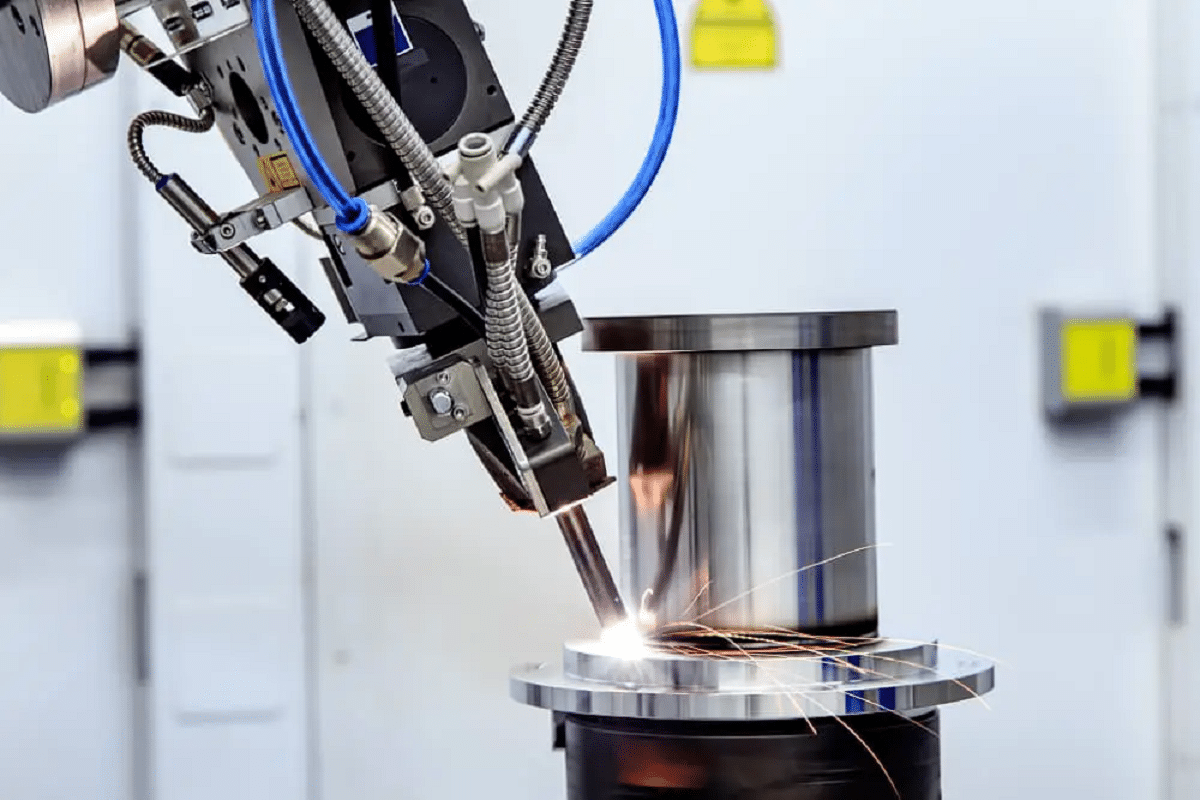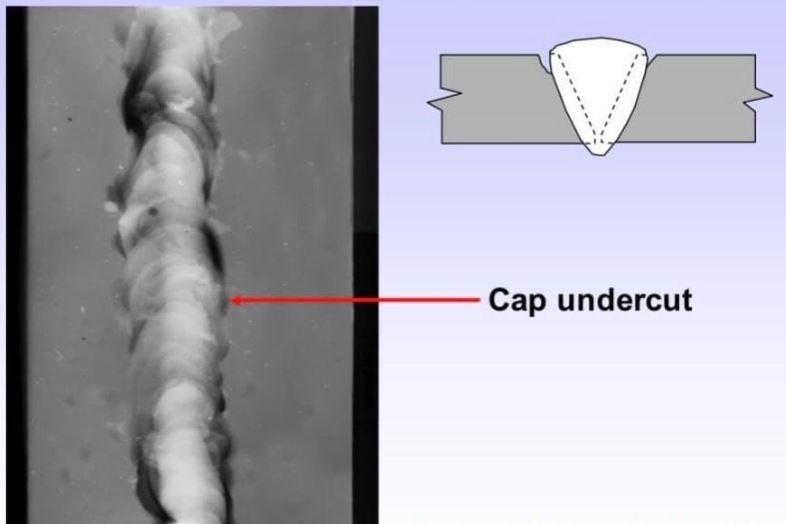Reliable Ways to Prevent Weld Undercut in Your Welding Jobs
Reliable Ways to Prevent Weld Undercut in Your Welding Jobs
Blog Article
Crucial Tips for Welders: Avoiding Undercut Welding and Ensuring Stronger Weld Joints
In the world of welding, accomplishing durable and solid weld joints is the foundation of creating high-grade job. One typical difficulty that welders frequently experience is undercut welding, which can compromise the honesty of the weld joint.

Understanding Undercut Welding
Undercut welding is an usual welding problem that takes place when the weld metal falls short to correctly load the groove and results in a groove-like clinical depression along the weld bead. This flaw weakens the weld joint, making it prone to cracking and failure under stress and anxiety. Undercutting can be brought on by various variables, consisting of too much welding current, high welding rate, inappropriate electrode angle, incorrect electrode dimension, and inadequate welding technique.
One of the major factors for undercut welding is an imbalance in between the welding existing and the welding speed. If the welding current is expensive or the welding rate is also fast, the weld metal may not appropriately fill the groove, causing damaging. In addition, using an electrode that is as well big can cause a comparable outcome, as the excess metal can not correctly move right into the groove.
To avoid undercut welding, welders ought to ensure they are utilizing the proper welding criteria, maintain a suitable electrode angle, select the proper electrode dimension, and technique correct welding techniques. By attending to these aspects, welders can decrease the threat of damaging and develop more powerful, extra dependable weld joints.
Proper Welding Technique
Efficient welding technique plays an essential role in making certain the high quality and integrity of weld joints. One basic element of proper welding strategy is preserving the appropriate angle and range between the welding gun and the work surface.
Additionally, a stable and regular hand activity is vital for creating solid and resilient weld joints. Welders need to go for smooth, uniform activities to guarantee also distribution of the weld material. Appropriate manipulation of the welding weapon and filler material is additionally crucial to accomplishing optimal infiltration and combination.
In addition, managing the warmth input and picking the proper welding parameters based upon the material being welded are essential elements in attaining premium welds - Preventing weld undercut. Welders should adhere to the recommended setups provided by welding treatment specifications and change them as required based on the details requirements of the project. By grasping correct welding techniques, welders can dramatically enhance the stamina and integrity of their weld joints
Choosing the Right Electrode
When taking into consideration the importance of choosing the ideal electrode in welding applications,Keeping the correct angle and distance between the welding gun and the workpiece is essential. The option of electrode plays an essential function in figuring out the top quality and toughness of the this link weld joint. Electrodes come in various types, each designed for particular functions and products.
To start with, selecting the suitable electrode diameter is vital. Thinner electrodes are ideal for welding thin materials, while thicker electrodes are better for thicker materials and higher warm applications. Matching the electrode diameter to the thickness of the workpiece aids attain a well balanced weld.
Second of all, comprehending the product make-up of the electrode is vital. Different electrodes are created for welding specific products like steel, stainless steel, aluminum, or cast iron. Using the right electrode product guarantees excellent combination and lessens the danger of problems in the weld.
Lastly, company website considering the welding setting and technique is essential when choosing the electrode kind. Certain electrodes are much better fit for vertical or overhanging welding placements, while others work well for level or horizontal positions. Picking the ideal electrode based on the welding strategy improves the overall weld top quality and stability.
Preparing the Base Metal
To make certain an effective welding process, what preliminary steps should be taken when preparing the base steel for welding? Correctly preparing the base metal is vital for accomplishing long lasting and strong weld joints. The initial step in preparing the base steel is to clean it thoroughly to get rid of any type of contaminants such as corrosion, paint, oil, or dirt. This can be done utilizing a cord chemical, brush, or grinder solvents. Additionally, any existing weld material or residue from previous welding ought to be removed to make certain a tidy surface for the brand-new weld.

Performing Post-Weld Inspections

After performing these assessments, welders should compare the outcomes against industry requirements and project needs to ensure that the weld joint meets all needed standards. Any type of discrepancies or insufficiencies uncovered throughout the post-weld inspection ought to be without delay addressed through ideal restorative procedures to assure the weld's honesty. By diligently carrying out post-weld inspections and immediately addressing any problems, welders can promote the high quality and reliability of their job, ultimately adding to the safety and security and long life of the bonded structures.
Verdict

Finally, avoiding undercut welding and guaranteeing stronger straight from the source weld joints call for a combination of proper welding technique, selecting the ideal electrode, preparing the base metal correctly, and conducting post-weld assessments. By comprehending the sources of undercut welding and executing the essential safety measures, welders can produce top quality weld joints that meet industry criteria and make sure the structural honesty of the welded elements.
Undercut welding is a typical welding problem that occurs when the weld steel falls short to properly fill the groove and results in a groove-like depression along the weld bead (Preventing weld undercut). Undercutting can be created by various variables, including too much welding current, high welding rate, incorrect electrode angle, inaccurate electrode size, and poor welding strategy
One of the main reasons for undercut welding is an inequality between the welding present and the welding speed. If the welding current is too high or the welding rate is too quick, the weld steel may not properly fill the groove, leading to undercutting.Preserving the correct angle and range between the welding weapon and the work surface is essential when taking into consideration the significance of picking the appropriate electrode in welding applications.
Report this page